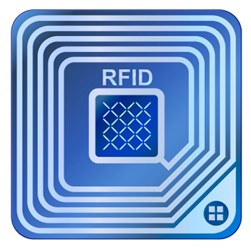NIST Study Examines Use Of RFID For Forensic Evidence Management

By Christine Kern, contributing writer

RFID technology is widely used in manufacturing and other industries as a method of tracking and managing inventories. Now, a new NIST report, “RFID Technology in Forensic Evidence Management: An Assessment of Barriers, Benefits, and Costs,” examines how RFID technology might be of use to law enforcement agencies for the management of forensic evidence.
The job of tracking forensic evidence provides huge challenges for most law enforcement agencies, and while many agencies already have adopted state-of-the-art technology to perform scientific analyses on evidence, few have taken the leap to advanced technologies for managing and tracking that evidence.
As Phys.org explains, although some law enforcement agencies have incorporated the use of bar codes to facilitate forensic evidence tracking, storage, and retrieval processes, few have implemented RFID because of concerns about costs, reliability, and the current lack of relevant RFID standards for property and evidence handling.
The report, requested by the Technical Working Group on Biological Evidence Preservation, provides an overview of RFID technology and how it works, and describes in depth the types of RFID systems that are available (passive, active, and battery-assisted), price ranges, and components necessary for a complete system. The report also addresses common barriers that agencies can encounter, including startup costs, reliability, and standardization, Evidence Magazine reports. The report also provides a series of success stories in RFID implementation, including the example of the Netherlands Forensic Institute, a law enforcement agency that has adopted the new technology.
In addressing the question of ROI for law enforcement agencies, the NIST report estimates that RFID systems can pay back their initial set-up cost in about two years. Systems that track larger inventories or those shared by multiple jurisdictions could recoup their investment even quicker.
